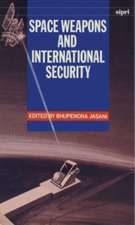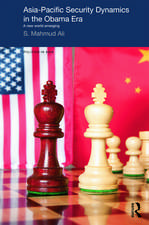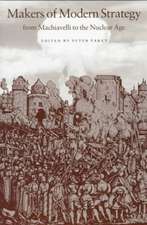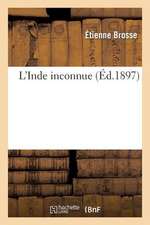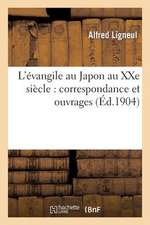Gunpowder and Firearms in the Mamluk Kingdom: A Challenge to Medieval Society (1956)
Autor David Ayalonen Limba Engleză Paperback – 28 iul 2016
| Toate formatele și edițiile | Preț | Express |
|---|---|---|
| Paperback (1) | 416.22 lei 6-8 săpt. | |
| Taylor & Francis – 28 iul 2016 | 416.22 lei 6-8 săpt. | |
| Hardback (1) | 1052.35 lei 6-8 săpt. | |
| Taylor & Francis – feb 1979 | 1052.35 lei 6-8 săpt. |
Preț: 416.22 lei
Nou
Puncte Express: 624
Preț estimativ în valută:
79.65€ • 86.49$ • 66.91£
79.65€ • 86.49$ • 66.91£
Carte tipărită la comandă
Livrare economică 22 aprilie-06 mai
Preluare comenzi: 021 569.72.76
Specificații
ISBN-13: 9781138975606
ISBN-10: 1138975605
Pagini: 176
Dimensiuni: 129 x 198 mm
Greutate: 0.18 kg
Ediția:1
Editura: Taylor & Francis
Colecția Routledge
Locul publicării:Oxford, United Kingdom
ISBN-10: 1138975605
Pagini: 176
Dimensiuni: 129 x 198 mm
Greutate: 0.18 kg
Ediția:1
Editura: Taylor & Francis
Colecția Routledge
Locul publicării:Oxford, United Kingdom
Cuprins
The early use of firearms in the Mamluk kingdom; terms used for firearms and gunpowder in contemporary sources - why firearms were called naft, the mukhula and the midfa, the cannon and the manjaniq; the attitude of Mamluk military society toward the use of firearms - firearms in the last decades of Mamluk rule, the casting of cannon under al-Ghawri, the renewal of traditional military training and of furusiya exercises, the creation of a unit of arquebusiers, the black slaves as arquebusiers, the fifth tabaqa, Tumanbay's desperate effort, Ibn Zunbul on the Mamluk attitude toward firearms, other obstacles to the adoption of firearms, socio-psychological antagonism to firearms weighed against other factors, firearms as a decisive factor in shaping the destiny of Western Asia and Egypt; appendices.
Notă biografică
David Ayalon Professor of the History of the Islamic Peoples at the Hebrew University of Jerusalem
Descriere
This study of firearms analyzes the employment of such weaponry, dated more than 40 years after use in Europe, towards the close of the 1360s.


